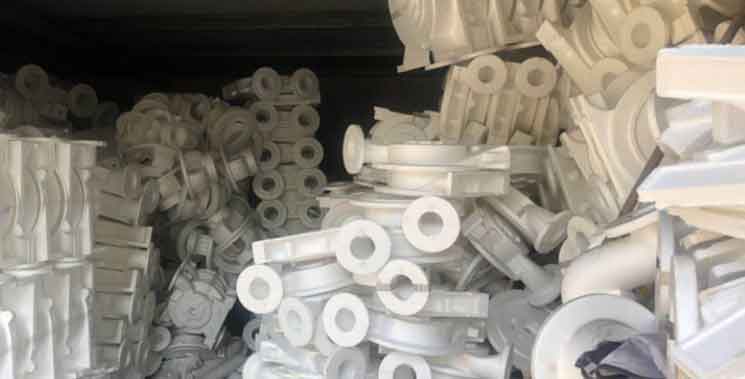Lost foam casting is a versatile and innovative casting process that allows for the production of complex and intricately designed metal components. This comprehensive guide will provide an overview of the lost foam casting process, from pattern creation to the final metal casting.

- Pattern Creation: The first step in the lost foam casting process is creating a pattern. The pattern is made of expanded polystyrene (EPS) foam and is an exact replica of the desired metal component. Patterns can be produced using various methods, including CNC machining, 3D printing, or manual carving. The foam pattern should be designed with proper allowances for shrinkage and gating systems.
- Pattern Assembly: Multiple foam patterns may be assembled together to form a cluster. The foam patterns are attached to a gating system, which consists of channels and gates that facilitate the flow of molten metal during casting. The gating system also includes a riser, which provides a reservoir of molten metal to compensate for shrinkage during solidification.
- Coating the Pattern: The foam pattern or pattern cluster is coated with a refractory material, such as a ceramic slurry or refractory coating. This coating serves as the mold for the metal casting and helps to withstand the heat and pressure during casting. The coated pattern is then allowed to dry and harden.
- Casting: The coated pattern is placed in a flask, and the flask is filled with loose sand or a sand mixture. The sand supports the coated pattern and provides the necessary rigidity during casting. Molten metal, typically aluminum or an alloy, is poured into the flask, directly onto the coated pattern.
- Pattern Vaporization: When the molten metal is poured onto the coated pattern, the heat causes the foam pattern to vaporize. The vaporized foam pattern creates a cavity within the sand, which is filled by the molten metal. The metal solidifies in the shape of the pattern, creating a near-net shape casting.
- Cooling and Solidification: After casting, the metal is allowed to cool and solidify within the sand mold. The solidification time depends on the size and complexity of the component. The riser helps to feed additional metal to compensate for shrinkage as the casting cools and solidifies.
- Shakeout and Finishing: Once the metal casting has cooled, the sand mold is broken apart, and the casting is removed. The casting may undergo various finishing operations, such as trimming excess material, removing any sand residues, and surface treatments like grinding, polishing, or coating.
Lost foam casting offers several advantages, including the ability to create complex shapes, near-net shape castings, and the integration of multiple features into a single casting. The process also eliminates the need for cores and reduces the need for machining operations, resulting in cost and time savings.
However, it’s important to note that lost foam casting requires proper process control, precise pattern creation, and a suitable selection of materials and gating systems to ensure successful castings. Proper attention should be given to design considerations, pattern quality, coating thickness, and metal pouring techniques to achieve high-quality and defect-free castings.
With its versatility and unique capabilities, lost foam casting is widely used in industries such as automotive, aerospace, art, and more. The process enables the production of complex and intricate metal components with excellent dimensional accuracy and surface finish, making it a valuable tool for modern manufacturing.
